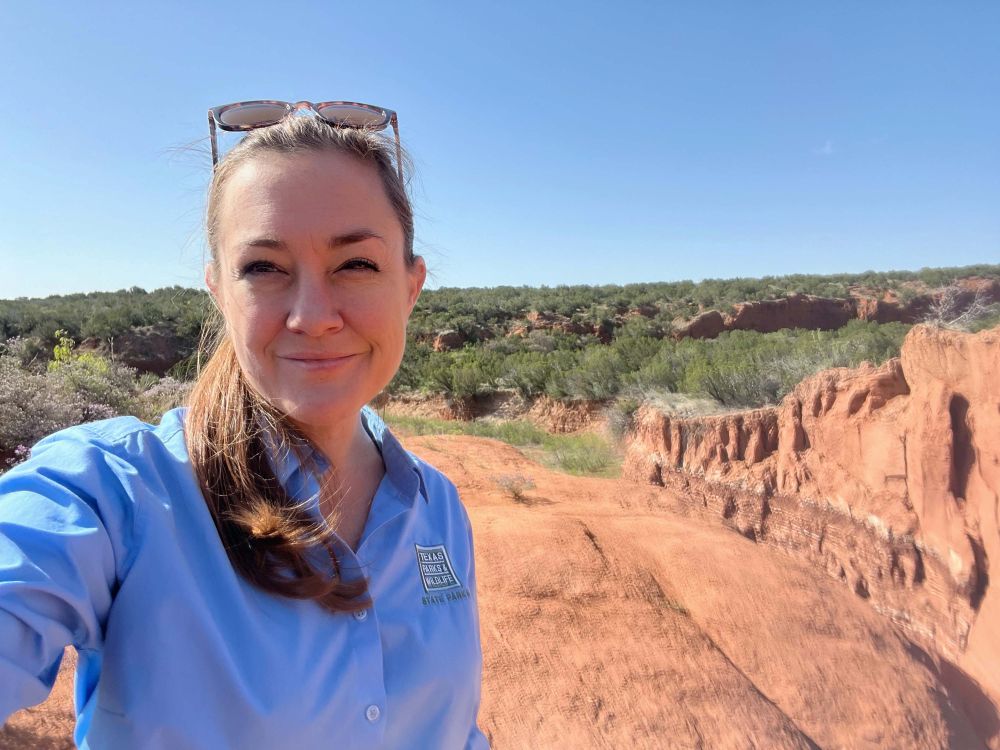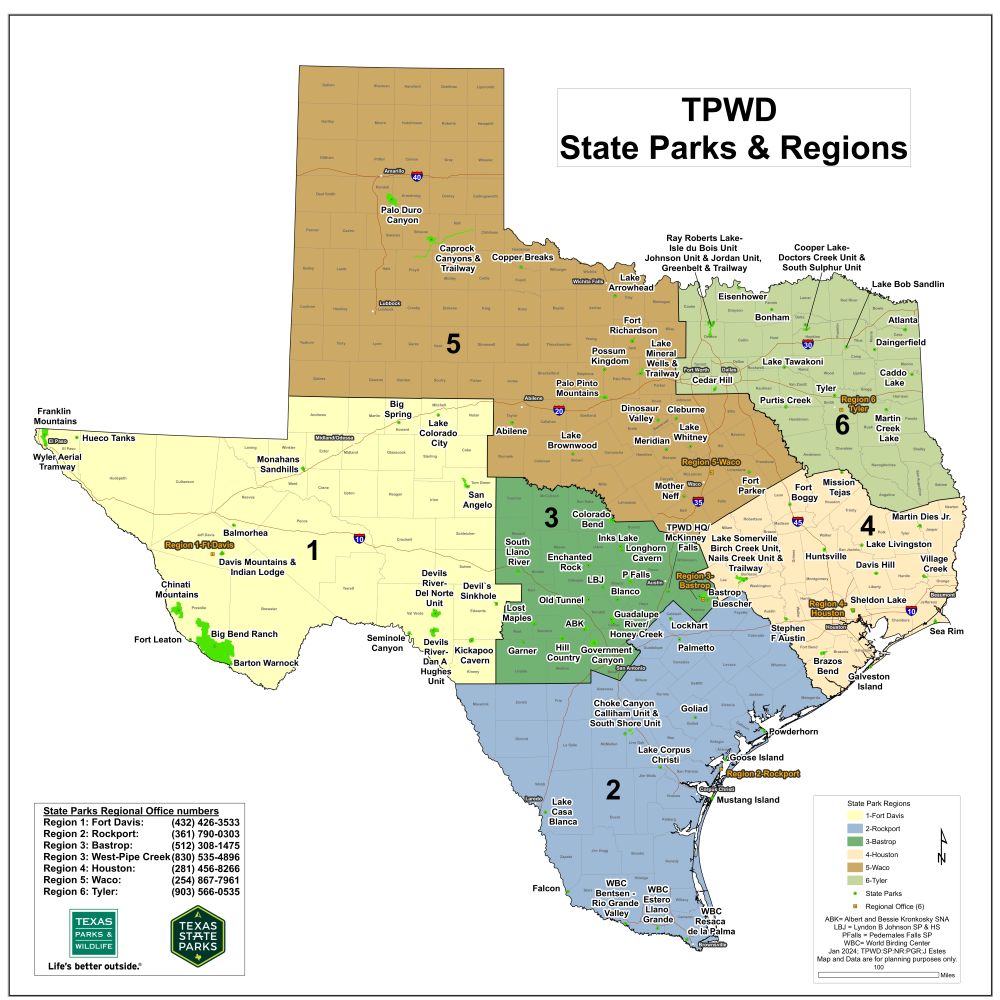Marinda Griffin
 Marinda Griffin is a proud two-time graduate of the University of North Texas, where
she earned her Bachelor’s and Master’s degrees in Geography, along with a minor in
Anthropology. She was awarded the Terry Jordan Award for Cultural Geography in 2017,
a reflection of her commitment to academic excellence and deep interest in the human-environment
relationship.
Marinda Griffin is a proud two-time graduate of the University of North Texas, where
she earned her Bachelor’s and Master’s degrees in Geography, along with a minor in
Anthropology. She was awarded the Terry Jordan Award for Cultural Geography in 2017,
a reflection of her commitment to academic excellence and deep interest in the human-environment
relationship.
She was initially drawn to the geography program because of its interdisciplinary nature. “I wasn’t entirely sure what I wanted to pursue as a career,” she explains. “But the program offered such a diverse array of classes that it gave me room to explore and find my path.”
During her time at UNT, Marinda gained hands-on experience through a series of impactful internships. She worked with the California Coastal Commission investigating permit violations, participated in aquatic habitat restoration with the U.S. Army Corps of Engineers at the Lewisville Aquatic Ecosystem Research Facility (LAERF), and interned with the North Central Texas Council of Governments. After completing her undergraduate degree, she worked as a Research Associate at UNT’s Center for Economic Development and Research, where she led a small research team and contributed to several local and national economic impact studies.
Graduate school brought further opportunities for growth. Marinda developed close relationships with her mentors and committee members, including Dr. Waquar Ahmed and Dr. Ipsita Chatterjee. She served as a teaching assistant for their courses—Urban Geography and Critical Resource Geography—and credits them with pushing her to think deeply and continue writing, even when the ideas didn’t come easily. “Waquar taught me to never accept ‘good enough,’ and I still remember something Ipsita told me that I use in my job to this day: ‘Even when you don’t know what to write, just write something—you can always revise it later.’”
Her thesis focused on place-making in community agriculture programs among Bhutanese refugees—a project made possible through the guidance of Dr. Andrew Nelson, who connected her to the community. The interdisciplinary structure of her education allowed her to take meaningful courses like Environmental Anthropology and Feminist Theory. She also credits Dr. Paul Hudak, her undergraduate advisor, for helping guide her through the program from the beginning.
 Today, Marinda serves as a Planner III with the Texas Parks and Wildlife Department,
covering Regions 5 and 6, which include 34 state parks. Her role involves advanced
park planning at both the regional and statewide levels—writing and developing public
use plans, conducting land-use and GIS-based analysis, and collaborating with interdisciplinary
teams to conceptualize and implement major park and resource management projects.
She works closely with a wide range of internal departments, from Natural and Cultural
Resources to Maintenance Programs and the Infrastructure Division.
Today, Marinda serves as a Planner III with the Texas Parks and Wildlife Department,
covering Regions 5 and 6, which include 34 state parks. Her role involves advanced
park planning at both the regional and statewide levels—writing and developing public
use plans, conducting land-use and GIS-based analysis, and collaborating with interdisciplinary
teams to conceptualize and implement major park and resource management projects.
She works closely with a wide range of internal departments, from Natural and Cultural
Resources to Maintenance Programs and the Infrastructure Division.
Prior to her current role, Marinda worked as an Urban Design Associate with the Texas Trees Foundation in Dallas. One of her most notable projects was the Southwestern Medical District Streetscape and Park—a 10-acre cap park designed to support healing and wellness for hospital staff, patients, and students in one of the country’s most intense urban heat islands. The project, which used biophilic design strategies like sensory gardens and cooling plantings, won an award from the American Planning Association for its community engagement efforts, which Marinda led.
Her first job after graduate school was with Trademark Property Company in Fort Worth, where she headed the research department. There, she applied her GIS and demographic analysis skills to support mixed-use development and rebranding of retail spaces across the country. She also trained and managed a team of interns, sharing her knowledge of place-making, experiential design, and green space planning.
Even outside of work, Marinda continues to explore the connection between nature and human well-being. Her graduate research focused on how nature impacts people who have experienced displacement or isolation, and that passion still drives her today. In her previous role, she had the opportunity to interview Bill Browning, a leader in biophilic design and co-author of The Economics of Biophilia. She often draws from his insights and the work of E.O. Wilson to understand how the presence of natural elements in built environments can improve cognitive performance, reduce stress, and promote physical and mental health.
In her current role with TPWD, Marinda has been responsible for the roll-out of the
Texas Healthy Parks Plan, including program implementation, training, and presenting
on the topic—following its development by Texas Health and Human Services and the
Trust for Public Land. The plan was created in response to the increased demand for
outdoor spaces during the COVID-19 pandemic, and aims to use parks as tools for public
health and community resilience. A community needs analysis helped identify the most
vulnerable areas across Texas based on factors like chronic health conditions, lack
of park access, and exposure to urban heat and pollution. To support this initiative,
a Decision Support Tool was launched to help planners, public officials, and health
professionals prioritize areas for future park development.
👉 Explore the Tool
When asked what advice she would give to current students, Marinda says, “Don’t feel bad if it takes you a while to figure things out. I truly believe in the saying, shortened from a Ralph Waldo Emerson quote: ‘It’s about the journey, not the destination.’”
One of her most unforgettable moments at UNT? “Finding the human thumb in a jar in the herbarium in the environmental science building,” she laughs. “I assume it was found in an animal—and probably used as the white elephant gift for the faculty Christmas party.”
Outside of her professional work, Marinda enjoys introducing her toddler to earth science and the impact of the built environment on natural systems. The first book she bought him was My First 100 Engineering Words. She’s also returned to painting, using the concept of biophilia as the foundation for her next art series.
If given the chance to return to UNT and take one more class, she says she’d explore 3D modeling, design, or civil engineering—skills that would perfectly complement her current planning work.
From all of us in the Department of Geography and the Environment—Marinda, we’re so proud to call you one of our own! Your journey is a true reflection of the creativity, compassion, and curiosity that make this field so meaningful. Thank you for representing UNT with such heart and purpose!